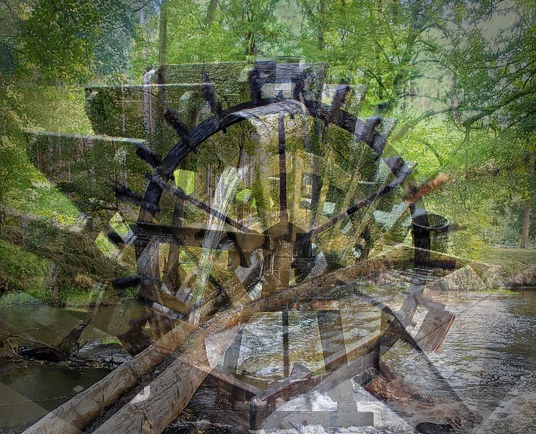
Meta.Morf 2022 / Nils Aas Kunstverksted / Installation June 18 – August 14 / Curator: Maria Veie Sandvik
KRAFT
Øyvind Brandtsegg [NO] & Erlend Leirdal [NO]
Kinetic wooden sculpture with sound elements.
Composer and musician Øyvind Brandtsegg is a well-known name at Inderøy and has previously created sound art for the sculpture Flyndra by Nils Aas. Flyndra is situated by the tidal stream Straumen as part of the sculpture park Muustrøparken, which is Inderøy’s millennium site. In a collaboration between Meta.Morf and Nils Aas Kunstverksted, Øyvind Brandtsegg will develop a new work for this year’s biennale themed Ecophilia, which will use the tidal current that has given Straumen its name. Brandtsegg has invited the artist Erlend Leirdal as a collaborator. Like Nils Aas, Leirdal has a special fondness for wood as a material. In the middle of Straumen, where Nils Aas grew up, these two artists will realize the tidal sculpture KRAFT in collaboration with NTNU Oceans, craftsmen from Stiklestad National Cultural Center and young adults from the local community.
The eternal tide of high tide twice a day is the pulse of the sea. The rhythm occurs as a result of the moon’s gravity and its rotation around the earth. The ebb and flow set enormous forces in motion; giant bodies of water move and create a breath. Nutrient-rich water masses are pumped up from the depths and provide living conditions for plankton, which is the basis for all life in the sea. The water in the fjord systems circulates and is exchanged with the sea.
Straumen at Inderøy is a unique local ocean current where the water from Borgenfjorden is exchanged with the Trondheimsfjord itself. It gives life to valuable banks of mussels from which large flocks of eider ducks feed.
The Trondheim Fjord is characterized by a supply of fresh water from the large watercourses. The fresh water is rich in nutrients and gives life to rich fish deposits in the country’s largest fjord, measured in cubic meters.
The water from the rivers that flow into the fjord, gives the water a pale feel through tiny clay particles that refract the light. This is marine clay from former seabeds in the Trøndelag landscapes, which in an eternal process is transported into the fjord massif.
In the Trøndelag lowlands we find large occurrences of Or (Alder). The alder forests have tubers at the roots, small nitrogen-producing factories where the tree has joined forces with bacteria. These forests are absolutely crucial for the stability of this type of landscape, such as reinforcement against erosion and landslides, especially in connection with open watercourses. In the spring, as a result of autumn, winter and spring floods, large numbers of alder trees will float around in the fjord, and wash up into ramparts on the beaches at the mouths of the large rivers.
The wooden sculpture KRAFT is made to talk about how the forces of nature affect us. Do we perhaps understand nature better by seeing our cultural and physical influences in it?
In the project’s technology and material use, we seek a poetic approach to this narrative. The tidal wheel will be set in rotation by the tide and change direction four times a day. The speed will vary according to the lunar phases as the tidal effect increases considerably around the new moon and new moon. In the execution, we will emphasize a craftsmanship angle and local use of materials made of alder so that this becomes a wooden sculpture with several layers of meaning potential. The forces provided by the power wheel will be converted into sound through a simple mechanical instrument that is an integral part of the sculpture.
Technical description:
The tidal wheel that the sculpture KRAFT consists of is built around a wooden shaft with spokes towards a circular frame with wooden shovels. Total diameter of about four meters. The wheel rests on a wooden structure of two bucks on a raft of two floating elements with a slot for the meeting between the wheel and the water. They will be positioned by means of two weighted land ropes and two anchor jumps.
Øyvind Brandtsegg [NO]
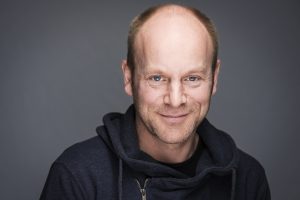 Øyvind Brandtsegg is a composer and performer working in the fields of computer improvisation and sound installations. He has a deep interest in developing new instruments and audio processing methods for artistic purposes, and he has contributed novel extensions to both granular synthesis, feedback systems, and live convolution techniques. Brandtsegg has participated on more than 25 music albums in a variety of genres. Since 2010 he is a professor of music technology at NTNU, Trondheim, Norway.
Øyvind Brandtsegg is a composer and performer working in the fields of computer improvisation and sound installations. He has a deep interest in developing new instruments and audio processing methods for artistic purposes, and he has contributed novel extensions to both granular synthesis, feedback systems, and live convolution techniques. Brandtsegg has participated on more than 25 music albums in a variety of genres. Since 2010 he is a professor of music technology at NTNU, Trondheim, Norway.
ntnu.edu/employees/oyvind.brandtsegg
Erlend Leirda [NO]
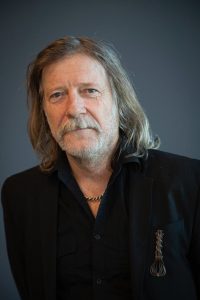 Erlend Leirdal (b. 1964) has worked with wood all his life and is very close to the legacy of ancient wood culture. The properties of the grown wood help to determine the design of his art, and from there grow the ideas that become three-dimensional works. That wood as a living material also changes in the face of weather and wind, Leirdal takes as a natural part of the work, and performance and other physical approaches also play a role in his art. Leirdal’s art has been purchased by i.a. The National Museum and KODE.
Erlend Leirdal (b. 1964) has worked with wood all his life and is very close to the legacy of ancient wood culture. The properties of the grown wood help to determine the design of his art, and from there grow the ideas that become three-dimensional works. That wood as a living material also changes in the face of weather and wind, Leirdal takes as a natural part of the work, and performance and other physical approaches also play a role in his art. Leirdal’s art has been purchased by i.a. The National Museum and KODE.
erlendleirdal.com
Header Graphics: “KRAFT” by Øyvind Bandtsegg & Erlend Leirdal.
Portrait Photograph (Erlend): Mats Linder.
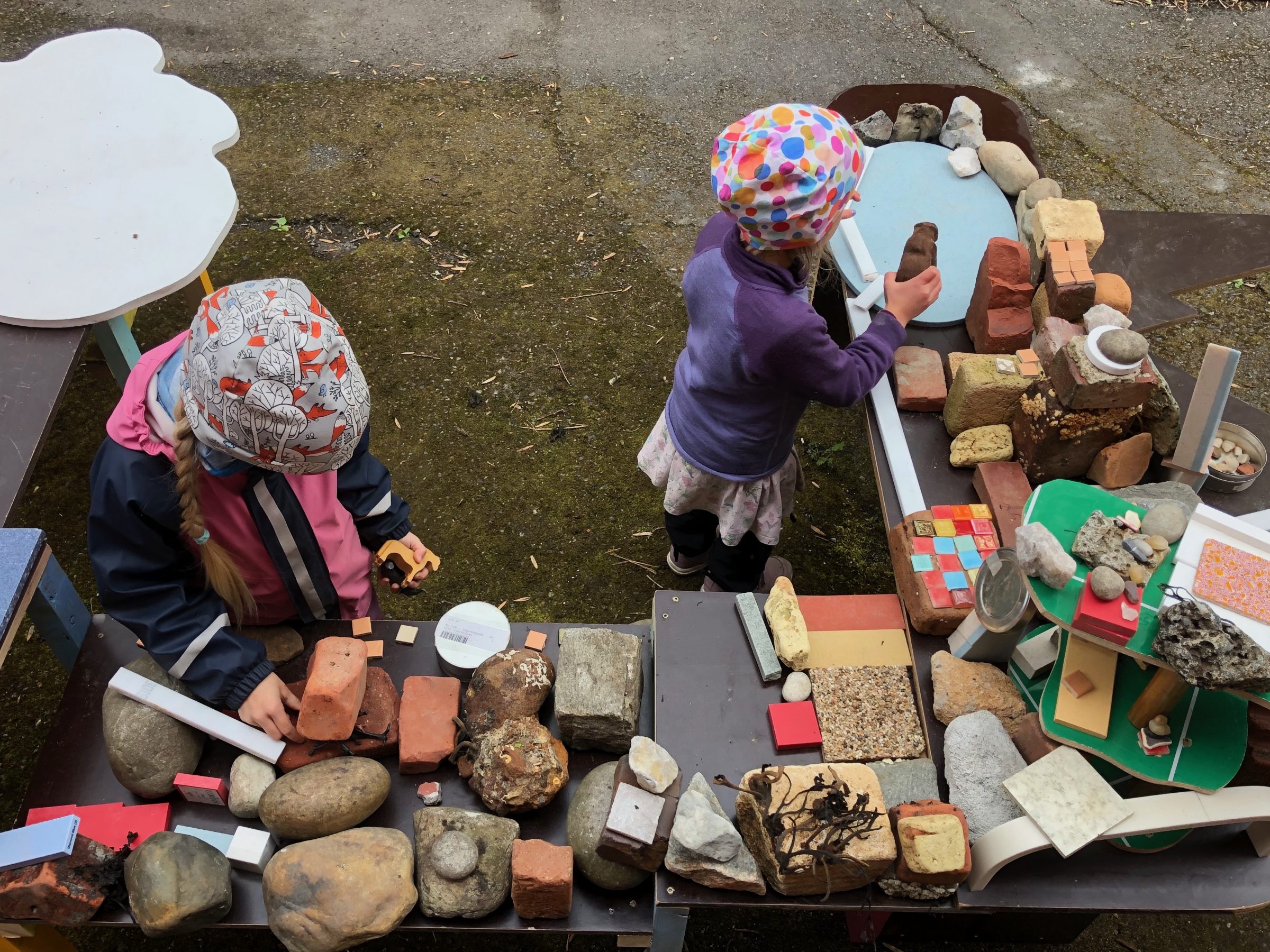
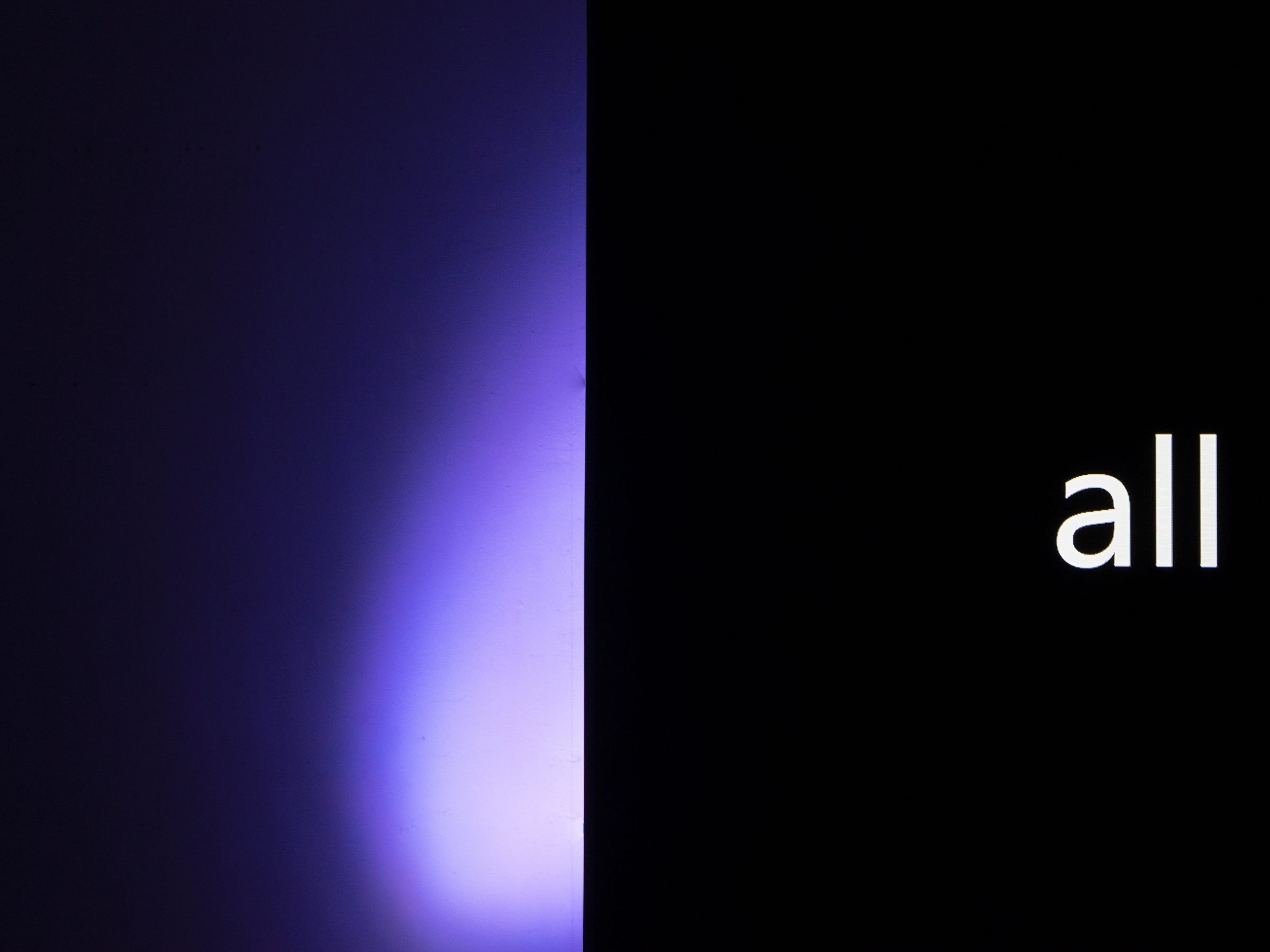
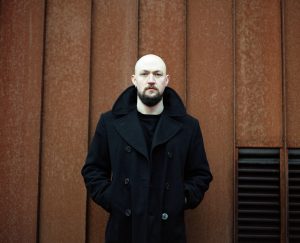 Samuel Brzeski’s (1988, London) current work deals with the situation of language within a post-digital context, particularly in relation to articulations of affect. His works search out the place and presence of the emotive body within the swirl of excess language surrounding the contemporary subject. Working primarily with acts of reading and vibrational semantics, the works investigate how the emotional impacts of digital culture are manifested through language in its many malleable forms. Reconfigurations of existing texts feature prominently, with texts selected for their poetic and political vibrations. A guiding principle of inherent rhythmicity is seen throughout the projects, which materialise as multimedia installations, vocal performances, and hybrid texts.
Samuel Brzeski’s (1988, London) current work deals with the situation of language within a post-digital context, particularly in relation to articulations of affect. His works search out the place and presence of the emotive body within the swirl of excess language surrounding the contemporary subject. Working primarily with acts of reading and vibrational semantics, the works investigate how the emotional impacts of digital culture are manifested through language in its many malleable forms. Reconfigurations of existing texts feature prominently, with texts selected for their poetic and political vibrations. A guiding principle of inherent rhythmicity is seen throughout the projects, which materialise as multimedia installations, vocal performances, and hybrid texts.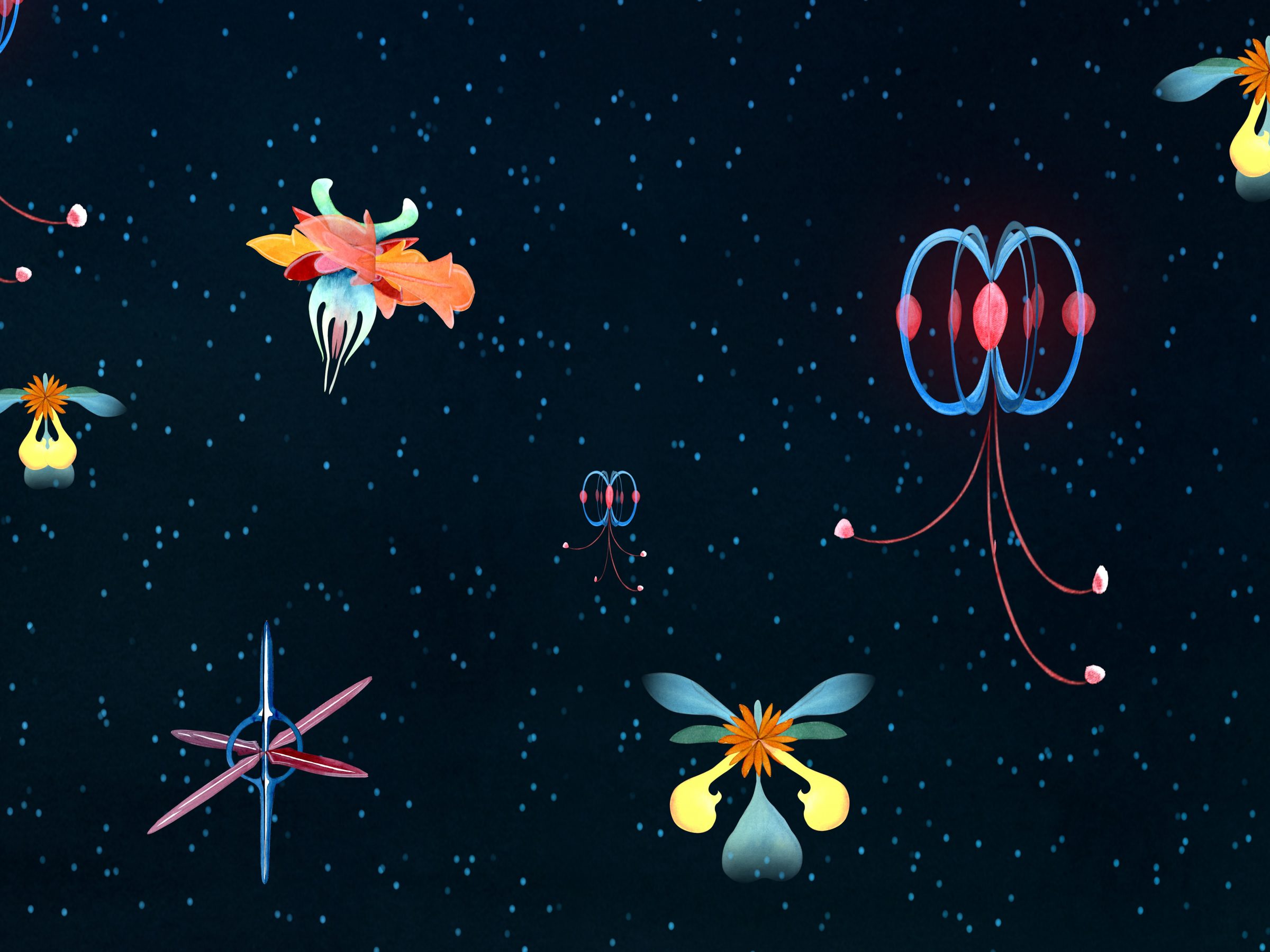
 Simone Hooymans (1974) is born in the Netherlands and for the past 10 years has been living and working in Norway. She graduated from the Art academy for visual art in Arnhem (Artez) and the Art Academy Breda (St.Joost) in the Netherlands. Hooymans is an awarded filmmaker and has participated in a number of international group exhibitions and film festivals. Among others, Ars Electronica (2009), Høstutstillingen (2017/2019), Vestlandsutstillingen (2017), Grimstad Short Film Festival, the Beijing Short Film Festival, the Suwon IPark Museum of Art in South Korea. She won the audience award for best animation during the animation festival ReAnima in Bergen in November 2020 for the film Earthfall.
Simone Hooymans (1974) is born in the Netherlands and for the past 10 years has been living and working in Norway. She graduated from the Art academy for visual art in Arnhem (Artez) and the Art Academy Breda (St.Joost) in the Netherlands. Hooymans is an awarded filmmaker and has participated in a number of international group exhibitions and film festivals. Among others, Ars Electronica (2009), Høstutstillingen (2017/2019), Vestlandsutstillingen (2017), Grimstad Short Film Festival, the Beijing Short Film Festival, the Suwon IPark Museum of Art in South Korea. She won the audience award for best animation during the animation festival ReAnima in Bergen in November 2020 for the film Earthfall.
 Øyvind Brandtsegg is a composer and performer working in the fields of computer improvisation and sound installations. He has a deep interest in developing new instruments and audio processing methods for artistic purposes, and he has contributed novel extensions to both granular synthesis, feedback systems, and live convolution techniques. Brandtsegg has participated on more than 25 music albums in a variety of genres. Since 2010 he is a professor of music technology at NTNU, Trondheim, Norway.
Øyvind Brandtsegg is a composer and performer working in the fields of computer improvisation and sound installations. He has a deep interest in developing new instruments and audio processing methods for artistic purposes, and he has contributed novel extensions to both granular synthesis, feedback systems, and live convolution techniques. Brandtsegg has participated on more than 25 music albums in a variety of genres. Since 2010 he is a professor of music technology at NTNU, Trondheim, Norway. Erlend Leirdal (b. 1964) has worked with wood all his life and is very close to the legacy of ancient wood culture. The properties of the grown wood help to determine the design of his art, and from there grow the ideas that become three-dimensional works. That wood as a living material also changes in the face of weather and wind, Leirdal takes as a natural part of the work, and performance and other physical approaches also play a role in his art. Leirdal’s art has been purchased by i.a. The National Museum and KODE.
Erlend Leirdal (b. 1964) has worked with wood all his life and is very close to the legacy of ancient wood culture. The properties of the grown wood help to determine the design of his art, and from there grow the ideas that become three-dimensional works. That wood as a living material also changes in the face of weather and wind, Leirdal takes as a natural part of the work, and performance and other physical approaches also play a role in his art. Leirdal’s art has been purchased by i.a. The National Museum and KODE.
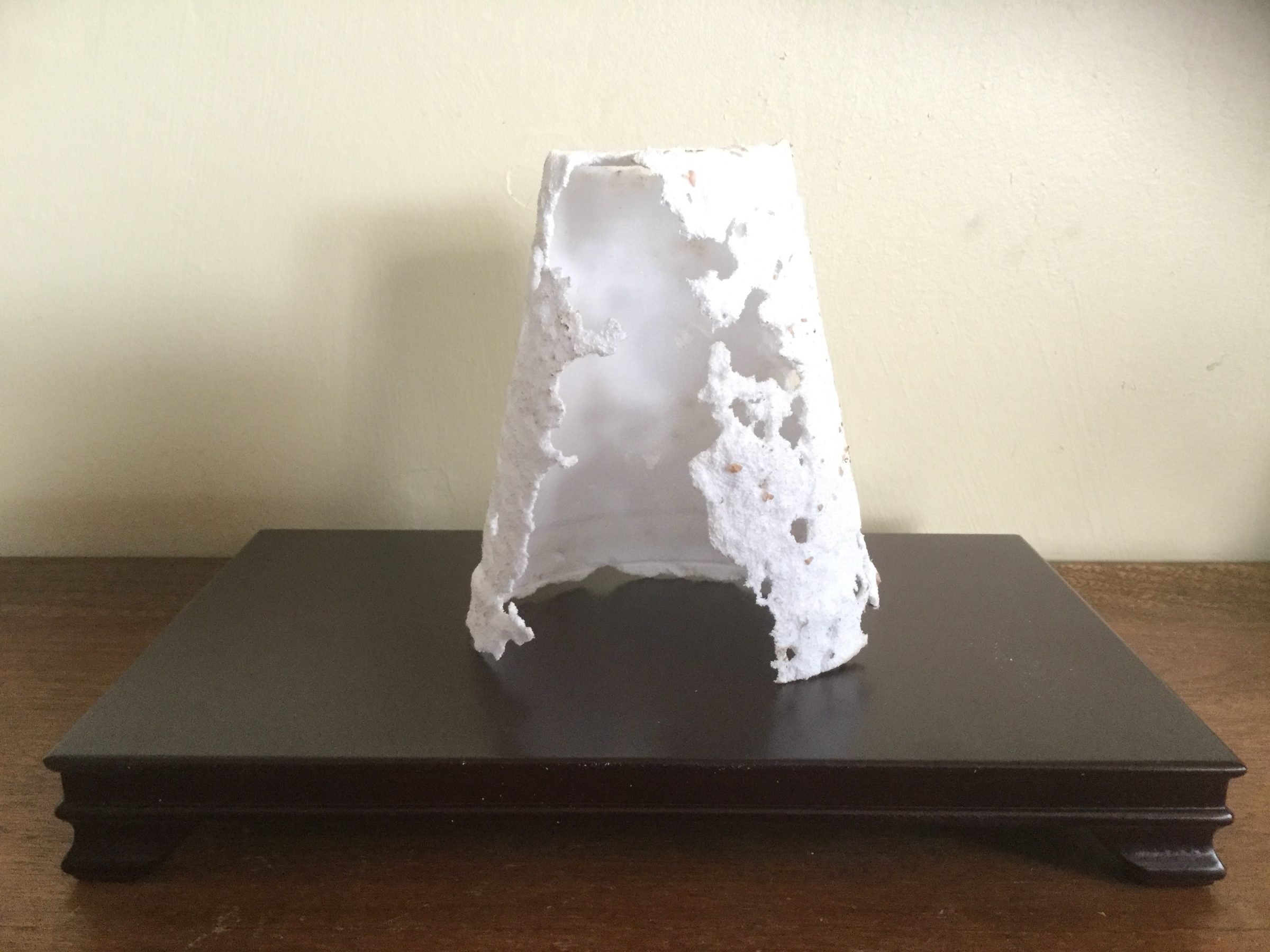
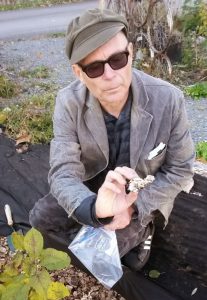 Oliver Kellhammer is an artist, writer, and researcher who seeks, through his botanical interventions and social art practice, to demonstrate nature’s surprising ability to recover from damage. Recent work has focused on the psychosocial effects of climate change, decontaminating polluted soil, reintroducing prehistoric trees to landscapes impacted by industrial logging, and cataloging the biodiversity of brownfields. He is currently a lecturer in sustainable systems at Parsons, NY.
Oliver Kellhammer is an artist, writer, and researcher who seeks, through his botanical interventions and social art practice, to demonstrate nature’s surprising ability to recover from damage. Recent work has focused on the psychosocial effects of climate change, decontaminating polluted soil, reintroducing prehistoric trees to landscapes impacted by industrial logging, and cataloging the biodiversity of brownfields. He is currently a lecturer in sustainable systems at Parsons, NY.